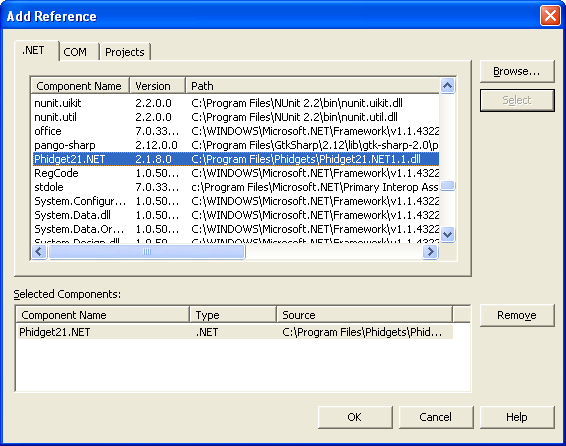How To Get Computer Serial Number In Vbnet
How can I read HDD volume serial number using VB.NET but without any third party addons for Visual Studio or any external libraries - I neeed native VB.NET code for this if possible. This question came from our site for computer enthusiasts and power users. The question will be automatically migrated. Please don't cross-post. – user114600. Computer Information in VB.NET. How would I go about getting computer information on my local computer, i.e. Serial number, hard drive size, memory installed, etc. Then take it one step further and gather this info for all computers on a network. Anyhow, now I want to get this info from computers on my network.
Part of the track may block others so that if the track is filled with balls, the ones behind some may be unreachable. Zuma deluxe free download full version with crack. Using the mouse to rotate the frog and clicking to fire, the player needs to create rows of three or more of the same color balls to eliminate them. Balls roll down a track towards this skull and the player-controlled frog-shaped idol must shoot balls toward them to stop them, earning points. The catch is that each track is shaped differently.
I am writing an application in Visual Basic that pulls basic information about the computer and outputs the data onto a form. Currently, I am trying to pull the serial number for the machine I would be using. For example, pulling a serial number of a laptop from the BIOS. I have looked around the internet and haven't really found how to do this in Visual Basic without using WMI or C. Is there a way to do this in Visual Basic? Below is what I have currently in the form, so you can get an idea of what I am trying to do: TextBoxComputerName.Text = Environment.MachineName TextBoxOSVersion.Text = System.Environment.OSVersion.ToString TextBoxOSFullName.Text = My.Computer.Info.OSFullName TextBoxCurrentUser.Text = System.Environment.UserName TextBox64Bit.Text = System.Environment.Is64BitOperatingSystem TextBoxSystemDirectory.Text = System.Environment.SystemDirectory TextBoxDomain.Text = System.Environment.UserDomainName ' CHECK SERIAL NUMBER HERE. Thank you all so much!
This will work for you just great! First add reference to System.Management and then make sure to import it at the top of your class as well. I did this on a form load event, but you can put it anywhere. Imports System.Management Dim q As New SelectQuery('Win32_bios') Dim search As New ManagementObjectSearcher(q) Dim info As New ManagementObject For Each info In search.Get MessageBox.Show('Serial Number: ' & info('serialnumber').ToString & vbNewLine & vbNewLine & 'Bios Version: ' & info('version').ToString) Next You can declare a string first if you would like and then set it to: info('serialnumber').ToString and the set that to you txtSerial.Text = your declared string Here is what I get.
I found a way to get to this a bit backwards in VBA, using the FileSystemObject. You will need to set a reference to the Windows Scripting Runtime. Option Explicit Public Sub GetHDSerial() Dim objFSO As FileSystemObject Dim objFolder As Folder Dim strComputer As String strComputer = 'myComputer' Set objFSO = New FileSystemObject Set objFolder = objFSO.GetFolder(' ' & strComputer & ' c$') Debug.Print Hex(objFolder.Drive.SerialNumber) Set objFSO = Nothing Set objFolder = Nothing End Sub This does not account for multiple physical drives, which wasn't a problem in my environment.

When answering a question please: • Read the question carefully. • Understand that English isn't everyone's first language so be lenient of bad spelling and grammar. • If a question is poorly phrased then either ask for clarification, ignore it, or edit the question and fix the problem. Insults are not welcome. • Don't tell someone to read the manual.
Chances are they have and don't get it. Provide an answer or move on to the next question. Let's work to help developers, not make them feel stupid.